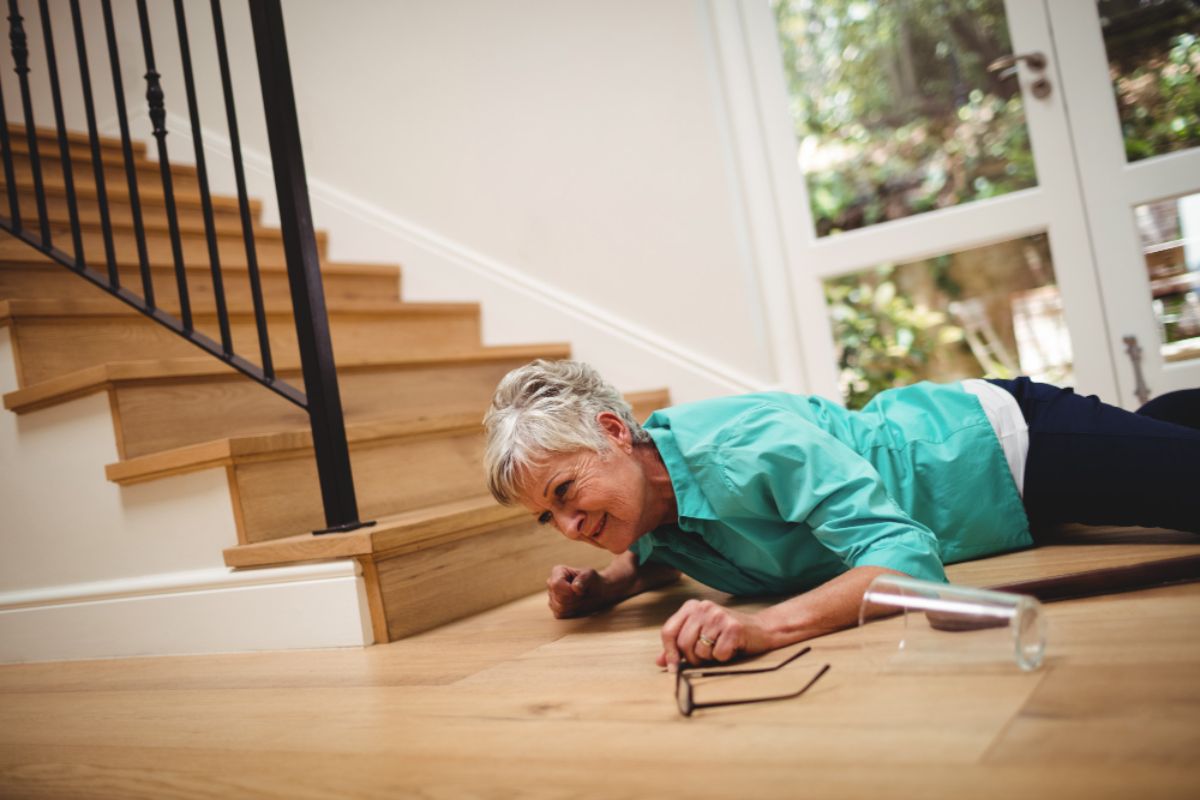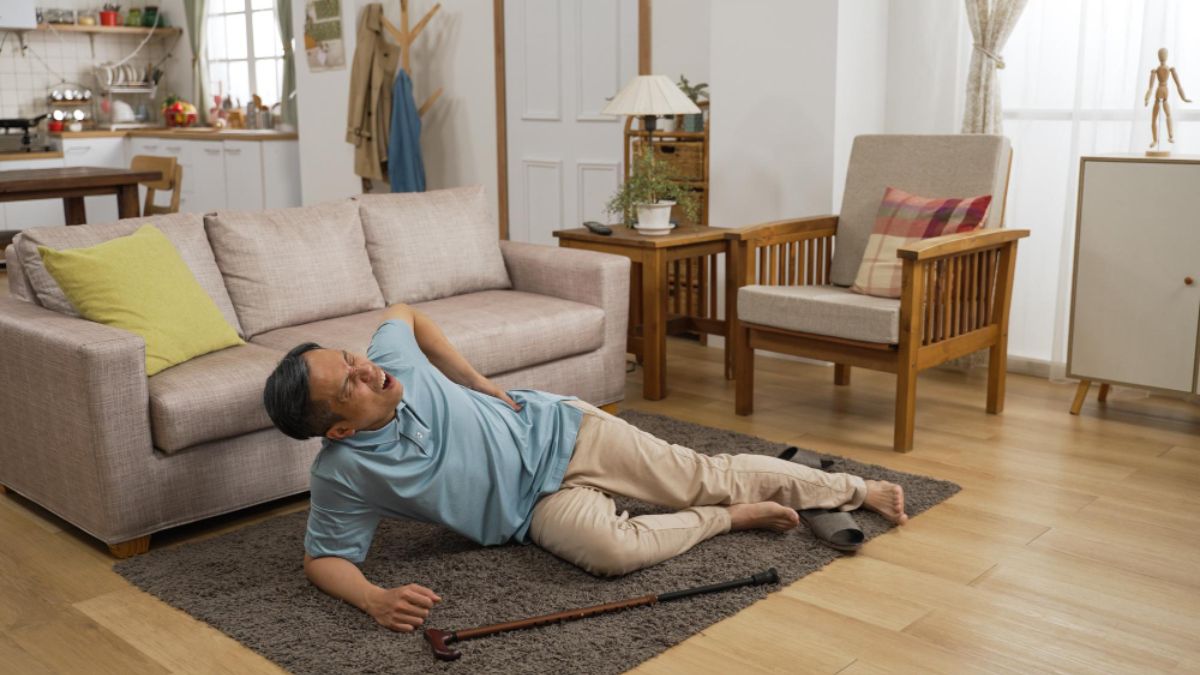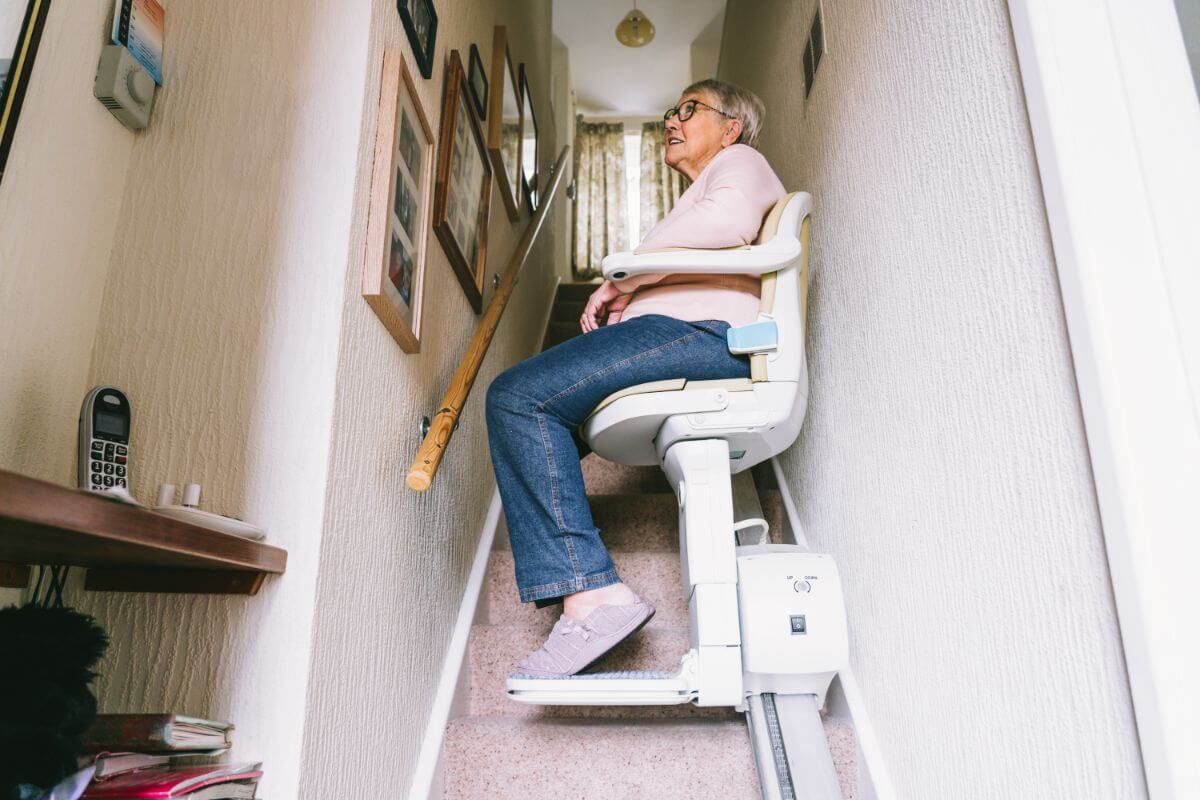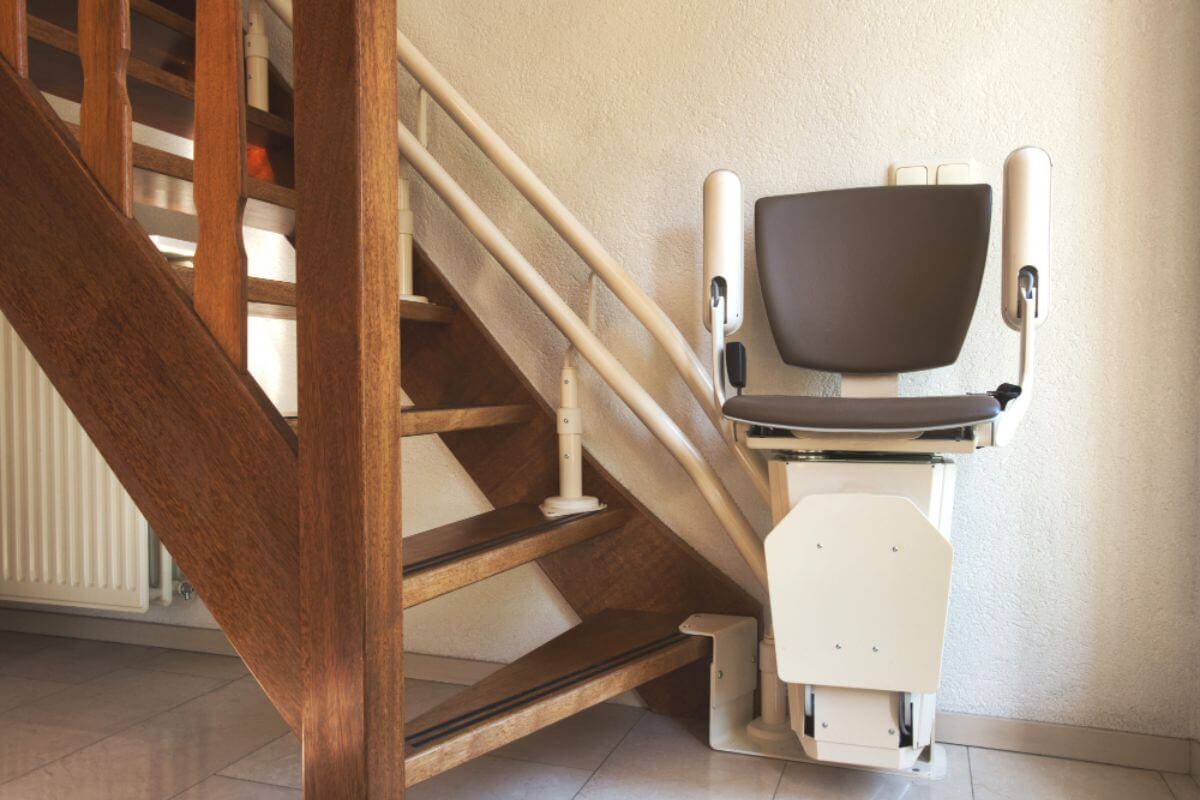Most Common Accidents at Home

What are the most common accidents at home?
- Head bumps
- Trips and falls
- Burns
- Poisoning
- Drowning
Overview
- Accidents are common and can happen even to the most cautious person.
- House-related injuries are usually common due to improper storage of chemicals, unregular maintenance of appliances, and unnecessary clutters.
- Ensure safety by securing low-hanging objects, childproofing for families with kids, removing obstacles, using slip mats, installing grab bars, storing items safely, labeling and storing cleaning products properly, securing medication storage, and implementing pool safety measures.
Who wouldn’t want to relish their leisure time at home? However, what if the space we consider safe harbors potential threats that can lead to mishaps? Home accidents are widespread and occur for various reasons.
Ensuring a safer home environment requires addressing these issues proactively through heightened awareness, regular inspections of accident-prone areas, and the appropriate installation of tools to minimize the risk of mishaps.
In this article, we will learn about these most common accidents at home and find out the safety measures we can try to avoid them.
Head Bumps
One of the most common accidents at home is head bumps, often occurring due to our busy lifestyles that prevent us from thoroughly checking our surroundings for potential hazards.
Low-hanging objects and improperly secured items on ceilings are common culprits for these incidents. In households with energetic children and cluttered toys, the likelihood of collisions is heightened.
For families with kids, exploring childproofing solutions, such as installing cushions on sharp table edges, can significantly enhance the safety of living spaces. Cultivating a habit of regularly checking all areas, especially low-ceiling corners like the basement, can help everyone avoid daily head bumps.
Trips and Falls

Tripping and falling accidents are common at home and can result in injuries or worse. These incidents frequently occur in areas like the bathroom, kitchen, basement, and laundry.
Consider this scenario: if you spill water in a poorly lit kitchen or have uneven floors and cluttered stairs, there’s a high chance of accidental falls.
To prevent such accidents, take simple measures. In high-traffic areas like the dining room, ensure no obstacles are blocking your way. Additionally, for a slip-free bathroom, besides being mindful of wet areas, consider using slip mats for an extra layer of protection and installing grab bars tailored to your needs—they can offer stability and support when necessary.
Burns
The kitchen is the primary location for burns in the home, with accidents ranging from hot oil splatters to touching scorching pans. Negligence, such as improper use of flammable substances, can lead to scalding incidents or even a house fire, putting family members at risk of burns.
To address this, consider storing all flammable substances in a designated area, like a shed outside your home. If you have young children, remember to childproof this space for extra precaution. This helps minimize the risk of burns and ensures a safer environment in the kitchen.
Poisoning

There could be several substances at home that can increase the risk of poisoning, like improper storing of cleaning materials, medication, and cosmetics. Sometimes even misidentification of cleaning products can result in accidental ingestion of chemicals.
To prevent poisoning, consider having a storage place designated for all your hazardous substances with clear labels. For example, store cleaning products away from food items. If you are taking medication, you can list the dosage of your medications on your refrigerator to remind you to take the right amount. For instance, place a reminder note next to your medication with dosage information.
Also, bring in some vitamin D by opening your windows for much-needed ventilation. This simple step not only promotes fresh air circulation but also adds a positive aspect to your overall well-being.
Drowning
It may be unusual for you, but drowning can also happen at home. But unlike adults, children are more susceptible to this kind of accident especially if they have unlimited access to a pool and bathtub.
Since safety is crucial when it comes to any type of body of water, consider installing a fence with latches that are above your child’s reach around your pool. Kids can also learn basic swimming skills to help them assess their safety.
It happens in the pool but the most uncommon is in the bathroom, especially in the bathtub. For your and your family’s safety, you can try out tub cut, it is a safety upgrade that allows you more access and mobility around your bathtub by cutting a section of the tub and making it removable to create a lower step-in.
Key Takeaway
Make your home safer without sacrificing your time. Learn about the most common accidents at home to reduce risks. Contact Home2Stay for a personalized, no-obligation assessment through a visit or video call. Your safety is our top priority. Let’s ensure a secure and comfortable home together.




Leave a Comment
We'd Love to Hear Your Thoughts Got something to say? We're all ears! Leave your comments below and let us know what you think. Your feedback helps us improve and serve you better. Can't wait to hear from you!